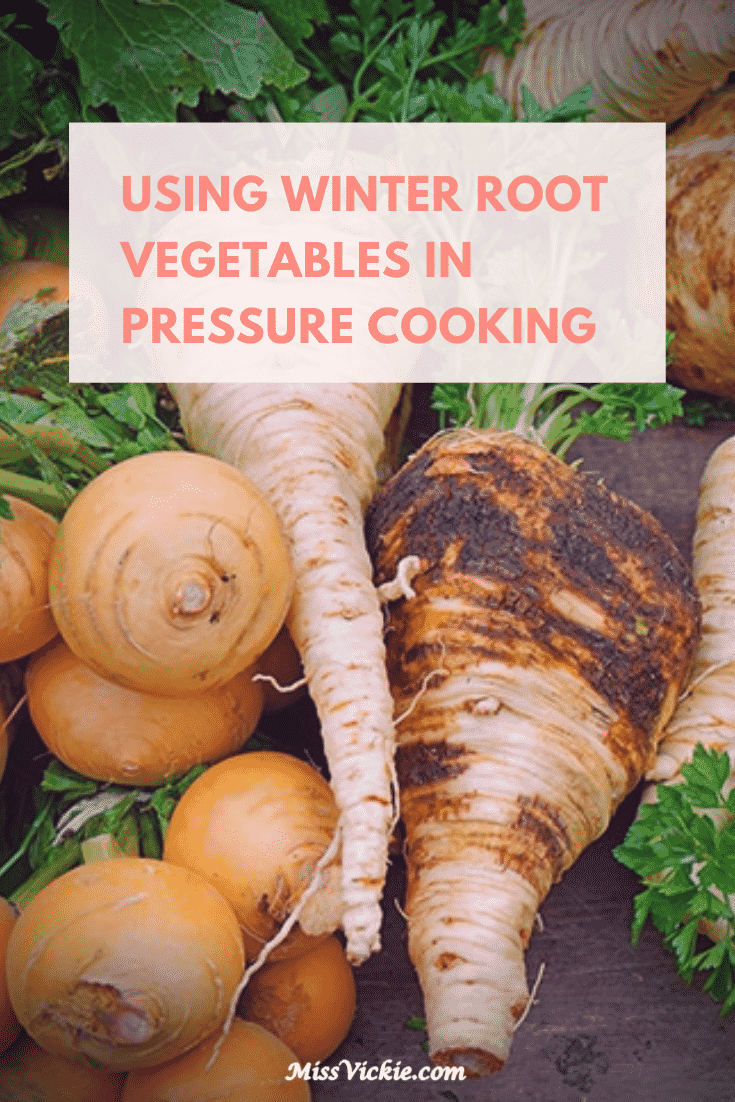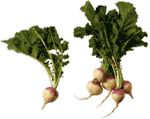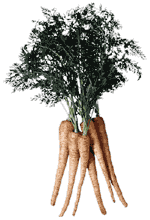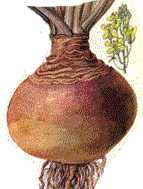
When summer veggies start to disappear from the local food market during the fall, root vegetables are a great alternative for many individuals. Bulbous and shaggy at times, root vegetables may not be the prettiest produce but winter root veggies provide the nutrition you need when other types of seasonal produce are not available.
Root vegetables are full of nutrition and fibre, which is very important if you are going to survive the bitter cold of winter. Furthermore, winter veggies are versatile and come with an array of flavours that range from sweet and earthy to nutty and peppery. Because they are so dense, winter vegetables can be roasted just as easily as they can be incorporated into the stews to produce satisfying veggie meals.
Using winter root vegetables in pressure cooking
Using winter root vegetables in pressure cooking may seem like a daunting task, but it does not have to be. Many winter root veggies are starchy and carb heavy, which can make them a little more complicated to prepare compared to less starchy varieties. Because they are carb and starch heavy, root vegetables will require longer cooking times but the good news is that pressure cookers help to cut the time significantly.
The pressure cooker is also the best tenderizer and can transform root vegetables into succulent meals. Since root vegetables take a while to cook, you will be happy to know that these types of vegetables can be very forgiving which is great should you make a mistake in the cooking process.
Turnips
Turnips come in a range of colours and sizes, yellow, purple-top, golden and white ones, which are all available and freshest during the winter. Small young turnips are the sweetest and the most delicate but their taste continues to become stronger and coarser as the age.
Purple-top turnips are some of the most common kinds of turnips. They have a sharper bite compared to rutabagas and have a flavour that is close to radishes. Yellow and white turnips provide brighter and sweeter flavours that are milder than Purple-top turnips. Anyone that does not like the bitter taste of some turnips should opt for white turnips that have the mildest flavour.
When picking turnips, you should look for some that are heavier than their size which means that they are younger and more textured. The turnip should also be slightly firm and should preferably still have their nutrient-rich leaves attached. The leaves can be cleaned and enjoyed raw in salads or cooked in a dish.
To store turnips, first, remove any attached greens. Do not wash the turnips and instead place them in a plastic bag and store in a dry area of your fridge or in a root cellar. Please note that the longer you store turnips, the more bitter they are likely to taste when you are finally ready to prepare them in your pressure cooker.
Parsnips
Parsnips look very similar to carrots in that they are both healthy and crunchy but they offer a very different flavour. Parsnips have a nutty taste that almost resembles cinnamon, which is what gives them their distinct flavour. Parsnips are versatile and can be used into stews and casserole, can be pureed, roasted or steamed.
When shopping for parsnips, you should be on the lookout for small to medium-sized ones as the larger variety can have a woody texture. Fresh parsnips should have a pale and firm exterior that should be yellow-white in colour without any soft spots. The whiter the exterior looks, the sweeter the parsnip will be. Parsnip tops should also be fresh and not wilted. You should also generally shy away from parsnips that appear limp or contain dark markings around the core. Dark markings in parsnips typically indicate decay.
If your parsnips come with greens at the top, be sure to remove them before storage. Avoid washing the parsnips and wrap them and leave them in plastic storage but do not leave them close to other fruits. Fruits such as apples and pears produce ethylene gas that can make parsnips bitter. Raw parsnips that are stored properly can keep for close to 2 weeks. During preparation for pressure cooking, peel them and then quarter them lengthwise to get rid of the woody core.
Rutabagas
Rutabagas are often compared to turnips and are sometimes referred to commonly as yellow turnips. Rutabagas are created when turnips and cabbage is crossed so they tend to be larger than turnips and some can grow as large as 5 pounds. like most winter root veg; they offer a slightly sweet and peppery taste. Unlike turnips, rutabagas are harder and more subtle in the flavour that they provide.
When shopping for rutabagas, look for those that are heavy for their size. The exterior should smooth and firm with a yellow exterior and a purple top. The exterior should also be clean without any blemishes, spots or sprouts growing on the surface. Some come with natural crevices on the top, which is alright as it is probably from the leaves.
You should generally avoid buying rutabagas that have large roots are they are very fibrous which can make them hard to prepare and even harder to eat. Rutabagas that also have a strong and noticeable odour will also produce a pungent flavour so it helps to smell your rutabagas before buying them. The bitter or pungent taste can be countered easily by adding sweet vegetables such as carrots or by cooking them n a flavoured liquid such as stock or apple juice.
To store rutabagas, remove the greens and store them separately. Do not wash the rutabagas before storage. Allow them to remain in a plastic bag that has holes for ventilation as you want to prevent them from sprouting. When they are ready to prepare in a pressure cooker, scrub the surface under running water until clean and trim the ends before peeling the skin. If the core is brown or slightly brown, remove it before dicing it int your desired pieces.


